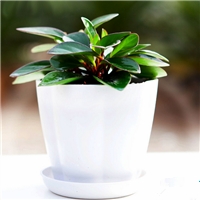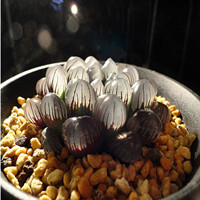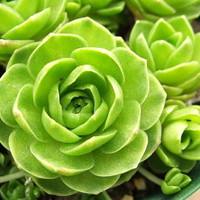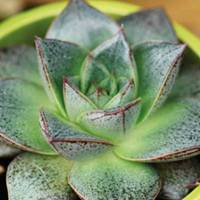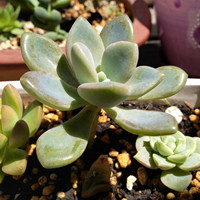Introduction
When it comes to growing healthy and fruitful squash plants, one of the crucial factors to consider is watering. Due to their significant water needs, it is vital to ensure that the squash plants are hydrated adequately throughout the growing season. However, the question that most gardeners ask is, "How often should I water squash plants?" In this article, we will discuss how often to water squash plants and provide some tips on proper watering techniques to ensure the best crop yield.
Factors Affecting Watering Frequency for Squash Plants
Several factors can influence how often you should water squash plants. Firstly, the environmental conditions like hot and dry weather, intense sunlight, and high humidity can alter the water requirement of the plants. During periods of drought or heatwaves, your squash plants may require frequent watering to keep them hydrated. On the other hand, overwatering during rainy or humid weather can cause root rot and other fungal diseases, leading to stunted growth and low-quality fruits.
Secondly, the type of soil and soil moisture retention capacity are crucial factors in determining watering frequency. Sandy soil tends to dry out quickly, and more frequent watering may be required. In contrast, clay soil can retain moisture for more extended periods, and excessive watering can lead to waterlogging and root rot. Therefore, understanding your soil type and watering accordingly is essential for healthy squash plants.
Lastly, the age and stage of growth of your squash plants can also determine their water needs. Young and newly transplanted squash plants require more frequent watering to establish their root system and promote growth. As squash plants mature, their water requirements increase, and you may need to water them more frequently to sustain their fruiting season.
How Often Should You Water Squash Plants?
The frequency of watering squash plants depends on the factors discussed above. Generally, you should aim to keep the soil consistently moist and avoid saturation or drying out. Depending on the weather conditions, soil type, and growth stage of the plants, you may need to water every two to three days, once a week, or even twice a day, especially during hot and dry weather.
An easy way to determine whether your squash plants need watering is by checking the soil moisture level. Insert your finger about an inch into the soil, and if it feels dry, it is time to water. If the soil is still moist, you can wait before watering. You can also use a moisture meter or check the plant leaves for signs of wilting or drooping, indicating a need for water.
Watering Techniques for Squash Plants
Proper watering techniques can ensure that your squash plants receive adequate moisture and nutrients without promoting diseases or pests. Here are some tips for watering squash plants:
Water the plants deeply and evenly to encourage healthy root growth
Avoid watering the leaves to prevent fungal diseases and powdery mildew
Water early in the morning or late evening to reduce water evaporation and leaf scorching
Use drip irrigation or a soaker hose to deliver water directly to the soil and reduce water wastage
Mulch around the plants to retain soil moisture, regulate temperature, and prevent weeds
Apply fertilizers and compost when watering to provide nutrients and enhance soil structure and retention
Conclusion
Watering is a critical aspect of growing healthy and productive squash plants. By understanding the factors that affect watering frequency, checking the soil moisture level, and using proper watering techniques, you can ensure that your squash plants thrive and produce high-quality fruits. Remember to pay attention to the weather conditions and plant growth stage and adjust your watering accordingly. Happy gardening!

 how many times do yo...
how many times do yo... how many planted tre...
how many planted tre...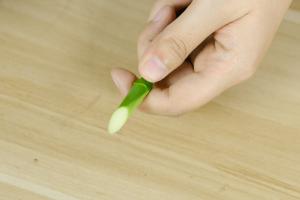 how many pine trees ...
how many pine trees ... how many pecan trees...
how many pecan trees... how many plants comp...
how many plants comp... how many plants can ...
how many plants can ... how many plants and ...
how many plants and ... how many pepper plan...
how many pepper plan...







